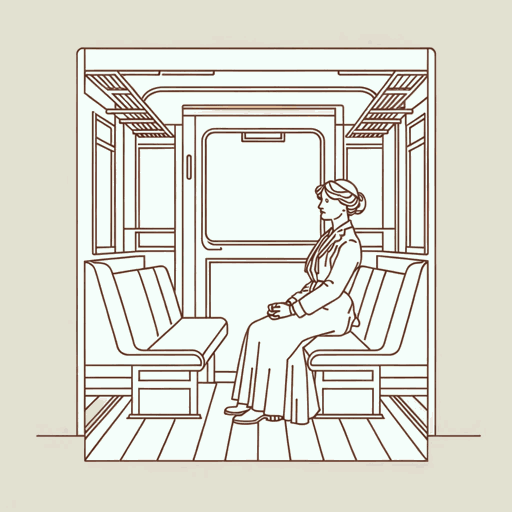31 pages • 1 hour read
Virginia WoolfMr. Bennett and Mrs. Brown
Nonfiction | Essay / Speech | Adult | Published in 1929A modern alternative to SparkNotes and CliffsNotes, SuperSummary offers high-quality Study Guides with detailed chapter summaries and analysis of major themes, characters, and more.
Summary and Study Guide
Summary: “Mr. Bennett and Mrs. Brown”
“Mr. Bennett and Mrs. Brown” is an essay by the English writer Virginia Woolf (1882-1941). In this text, Woolf argues that literary conventions should change as society does and proposes that literary Modernism is a means to represent the changing condition of individuals and society in the early 20th century. This essay debuted as a lecture to the Heretics Club at Girton College, Cambridge, in 1924. It was published as an essay later that year (under the title “Character in Fiction”), in The Criterion, a journal edited by the prominent Anglo American poet T. S. Eliot. It was first published under its current title by the Hogarth Press (founded by Woolf and her husband, Leonard Woolf). Its front cover (like the rest of the essays published in the series) was illustrated by Vanessa Bell, Virginia Woolf’s sister, with an image of a woman reading a book. This guide references the Hogarth Press first edition, published in 1924.
Woolf’s essay is concerned with the question of how changes in modern life have shaped the development of the novel. The “Mr. Bennett” of the title refers to Arnold Bennett (1867-1931), a successful and respected novelist who was associated with the Edwardian age, meaning his career was established during the reign of King Edward VII (1901-1910). By contrast, Woolf refers to herself and her contemporaries as “Georgians,” marking a generational divide with King George VI’s ascension to the throne in 1910. This terminology has not been widely used in subsequent discussions of the period, with the group of writers Woolf refers to (herself included) as Georgians usually described as “Modernists.”
Woolf’s essay was written in response to a critical review by Bennett of her 1922 novel Jacob’s Room. In his essay “Is the Novel Decaying?,” Bennett suggested that Woolf’s work lacked “real” characters and, as such, failed as fiction and would not “survive”:
I have seldom read a cleverer book than Virginia Woolf’s Jacob's Room, a novel which has made a great stir in a small world. It is packed and bursting with originality, and it is exquisitely written. But the characters do not vitally survive in the mind, because the author has been obsessed by details of originality and cleverness (Bennett, Arnold. “Is the Novel Decaying?” Cassell’s Weekly, 28 Mar. 1923).
Bennett generalizes this assessment and claims that most novels written by Woolf’s generation neglect character in pursuit of “cleverness.” Woolf’s essay, “Mr. Bennett and Mrs. Brown,” is a reply to Bennett’s criticism.
Since “Mr. Bennett and Mrs. Brown” was first delivered as a lecture, it bears the characteristics of a speech to a live audience. It addresses its argument to the people “in this room,” and its starting point is “[their] invitation” to her “to speak to you about modern fiction” (3). Woolf states in the opening paragraph that her instinctive answer to the prompt was to imagine a character speaking to her, saying, “My name is Brown. Catch me if you can” (3). Woolf argues that “men and women write novels because they are lured on to create some character which has imposed itself upon them,” a belief she shares with Bennett (3). She goes on to quote Bennett’s essay “Is the Novel Decaying?,” in which he writes, “The foundation of good fiction is character-creating and nothing else […] if the characters are real the novel will have a chance” (3). To engage Bennett’s argument, Woolf defines “character” and discusses “reality,” the two terms that underpin Bennett’s criticism of the modern novel.
In her discussion of “character,” Woolf states that everyone knows something about character because ordinary life requires us to understand each other and therefore to be a judge of character. She then proposes, in the essay’s most famous sentence, that “on or about December 1910, human character changed,” admitting that this date is to some extent “arbitrary” (4). Woolf argues that “human relations have shifted—those between masters and servants, husbands and wives, parents and children” (5).
To demonstrate her point, she states that she “will tell […] a simple story” of a train journey from Richmond to Waterloo (6). Woolf describes an incident when she entered a train compartment and found two people unknown to her whom she calls Mrs. Brown and Mr. Smith. They were seated and in conversation when Woolf entered. Woolf then speculates about who they are, what their relationship is, and how they came to be traveling together on the train. “Myriads of irrelevant and incongruous ideas crowd into one’s head on such occasions,” she writes, and “one sees Mrs. Brown in the centre of all sorts of different scenes” (8-9).
Woolf argues that character is not simple or singular but a matter of interpretation by the writer and the reader. She writes: “Mrs. Brown’s character will strike you very differently according to the age and country in which you happen to be born” (10). To illustrate her point, Woolf imagines the different ways that English, French, and Russian novelists would recount Mrs. Brown’s journey, each according to their own sets of inherited conventions. Having established that character is a matter of interpretation, she returns to Bennett’s argument that character must appear “real.” She asks, considering Mrs. Brown’s complexity, “what is reality?” and “who are the judges of reality?” (10).
Woolf goes on to address the distinction Bennett makes between his generation—represented in Woolf’s essay by Bennett, H.G. Wells, and John Galsworthy—and Woolf’s. In the latter group, Woolf mentions E. M. Forster, D. H. Lawrence, and James Joyce. She reveals the different versions of “Mrs. Brown” that would be depicted by the Edwardian writers according to their characteristic styles. She quotes extensively from Bennett’s work to demonstrate that his approach tends to focus on external description (14-15). She notes that “for that age and generation, the convention was a good one” (17), but “the Edwardian tools are the wrong ones for us to use” (18).
Woolf concludes by reminding her audience that the reader has a part to play in an understanding of character. “A writer is never alone,” she writes, because “there is always the public with him” (19). Rather than the “decorum” of the Edwardian writer, she advocates for an “intercourse of friendship” between the author and their readers who are “partners in the business of writing books” (21-23). She argues that Mrs. Brown is “an old lady of unlimited capacity and infinite variety” who is not limited to her social or material circumstances in the way Edwardian writers might suppose (24).
Related Titles
By Virginia Woolf

A Haunted House and Other Short Stories
Virginia Woolf

A Room of One's Own
Virginia Woolf

Between The Acts
Virginia Woolf

How Should One Read a Book?
Virginia Woolf

Jacob's Room
Virginia Woolf

Kew Gardens
Virginia Woolf

Modern Fiction
Virginia Woolf

Moments of Being
Virginia Woolf

Mrs. Dalloway
Virginia Woolf
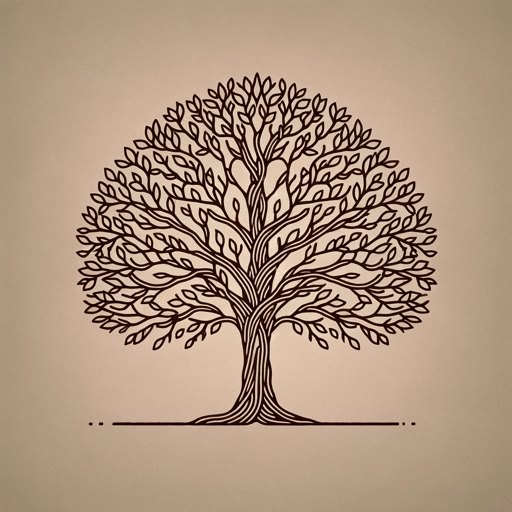
Orlando
Virginia Woolf

The Death of the Moth
Virginia Woolf

The Duchess and the Jeweller
Virginia Woolf
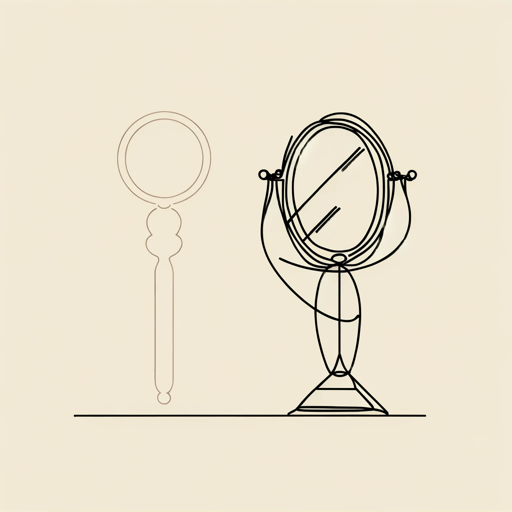
The Lady in the Looking Glass
Virginia Woolf

The Mark on the Wall
Virginia Woolf
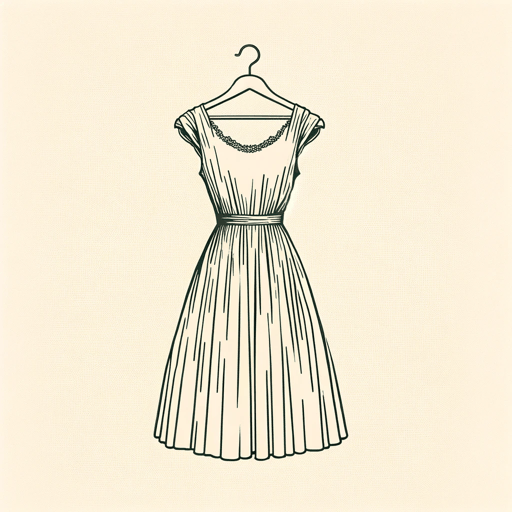
The New Dress
Virginia Woolf

The Voyage Out
Virginia Woolf

The Waves
Virginia Woolf
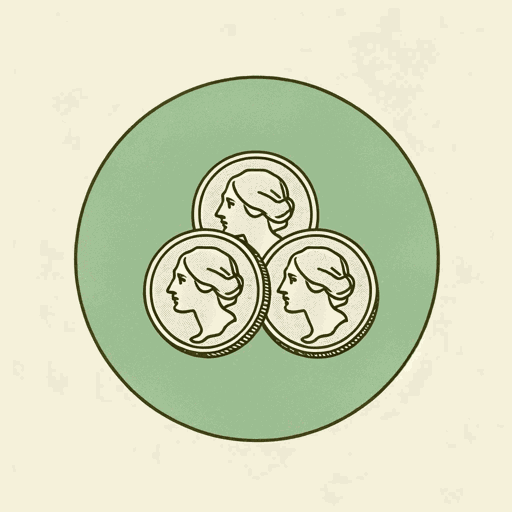
Three Guineas
Virginia Woolf

To the Lighthouse
Virginia Woolf
